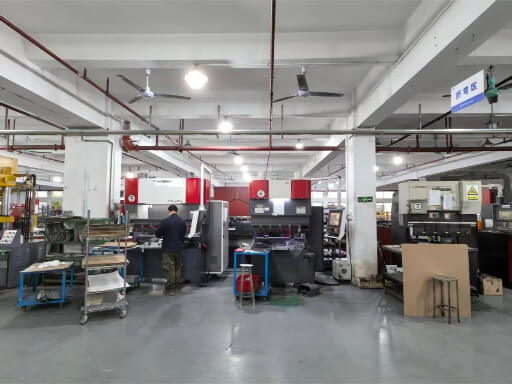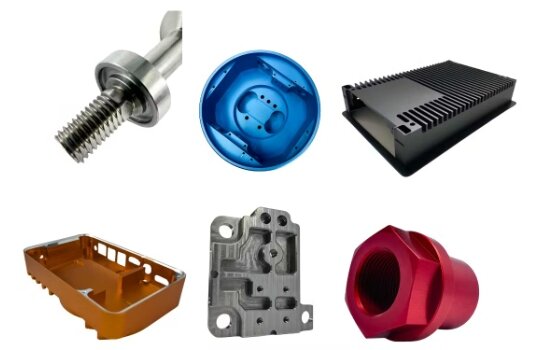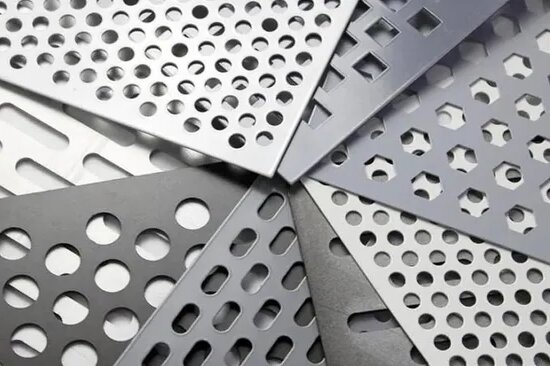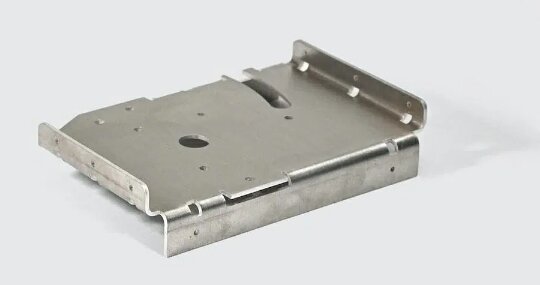When an electronic device becomes too hot, selecting the right heat sink material is crucial. The big question is: how do you choose a heat sink that cools effectively, fits within your budget, and integrates seamlessly with your design? Aluminum and copper are the two materials people compare most often. Each one has its strengths. The best choice depends on what your project needs.
Aluminum heat sinks are a solid option for most cooling tasks. They are lighter than copper and cost less. Copper heat sinks transfer heat better, but they are heavier and more expensive. If you’re looking for a balance of cost, weight, and performance, aluminum is usually the better pick. However, if you require top-level cooling in a confined space, copper is the best option.
Both materials have their pros and cons. In the next part, below, we will break down the differences between aluminum and copper heat sinks. This will help you determine which one is best suited for your setup.
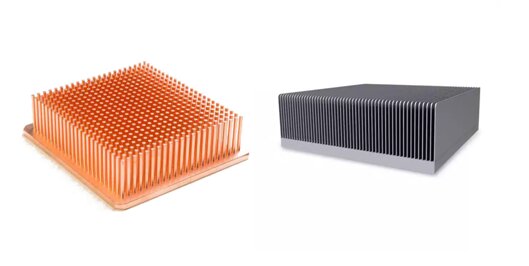
What Is a Heat Sink?
A heat sink is a component that helps cool other components by dissipating heat. It spreads the heat into the air to keep things from getting too hot. Most heat sinks have fins or flat plates. These shapes create a larger surface area, allowing the air to carry away more heat.
Heat sinks come in various shapes and are manufactured in different ways. Some are pressed or machined. Others are cast or joined with other pieces. However, the job remains the same—getting heat out of the part and into the surrounding air.
Heat sinks work using two fundamental ideas: conduction and convection. First, heat flows from the hot part into the heat sink. This is called conduction. Next, the heat moves from the heat sink’s surface into the air. That’s convection.
Some heat sinks utilize fans or external airflow to enhance cooling. Others rely only on natural airflow. The type of material used also matters. Some materials absorb and spread heat faster than others.
Overview of Aluminum Heat Sinks
Aluminum is the most widely used material for heat sinks. It’s popular in many industries because of its balance between thermal performance, weight, and price.
Properties of Aluminum
Aluminum has good thermal conductivity. It doesn’t transfer heat as fast as copper, but it still performs well in most applications. Its thermal conductivity ranges from 200 to 235 W/m·K, depending on the grade.
Aluminum is lightweight. It weighs about one-third as much as copper. This makes it a good choice when weight is a consideration.
Aluminum is also easy to machine, extrude, and shape. This lowers the production cost. It resists corrosion, especially when anodized, so it lasts longer in many environments.
Common Aluminum Grades for Heat Sinks
The two most common grades for heat sinks are 6061 and 6063:
- 6061: Stronger and better for parts that need machining. Suitable for structural strength.
- 6063: Has a better surface finish and is easier to extrude. Often used for complex heat sink profiles.
Manufacturing Methods
Aluminum heat sinks can be made using several methods:
- Extrusion: Most common method. Aluminum is pushed through a die to form fins. Suitable for high volumes and simple shapes.
- CNC machining: Used for precise shapes or small batches. Higher cost but high accuracy.
- Die casting: Good for complex shapes with tight spaces. More tooling costs upfront.
- Bonded fin: Fins are joined to a base. Used when a high surface area is needed in a small footprint.
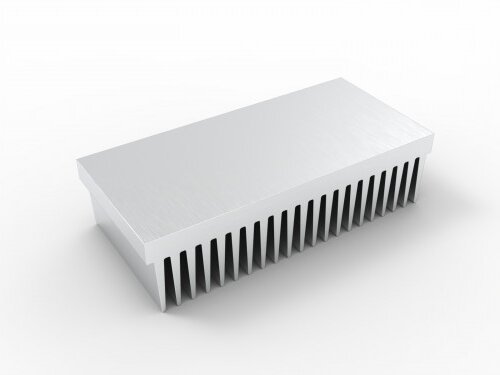
Overview of Copper Heat Sinks
Copper is renowned for its exceptional thermal conductivity. It’s often used in high-power or space-limited systems where fast heat transfer is critical.
Properties of Copper
Copper has very high thermal conductivity. It ranges from 380 to 400 W/m·K, which is nearly twice that of aluminum. This means copper can move heat away from a hot part much faster.
Copper is heavy. It’s about three times heavier than aluminum. This added weight can be a problem in portable or weight-sensitive systems.
It’s also harder to machine and more expensive. But for thermal performance, it’s one of the best materials available.
Common Copper Grades for Heat Sinks
The most commonly used copper grades in heat sinks are:
- C110 (Electrolytic Tough Pitch, or ETP): Very high conductivity. It’s over 99.9% pure. Used when the best thermal flow is needed.
- C102 (Oxygen-Free Copper): Even higher purity and slightly better conductivity than C110. Often used in advanced electronics or vacuum systems.
Manufacturing Techniques
Copper heat sinks are made using different methods:
- CNC machining: Most common for copper. It gives tight tolerance and smooth surfaces, but it’s time-consuming and expensive.
- Skiving: A blade slices thin fins from a solid copper block. This makes high-density fins with no bonding needed.
- Forging: Good for high strength and thermal performance. It’s used when durability is a factor.
- Soldering or brazing: Often used to join copper parts or to add fins to a copper base.
Aluminum vs Copper Heat Sink: Key Differences
When choosing between aluminum and copper heat sinks, a few key points matter most. Each factor affects how you design and build your system.
Thermal Conductivity
Copper has higher thermal conductivity than aluminum. Copper can transfer heat almost twice as fast. This helps it pull heat away from hot parts quicker.
Aluminum continues to perform well in many systems. For large surface areas or when airflow is good, the difference in conductivity may not matter much. But in tight spaces or high-power setups, copper gives better heat transfer.
Weight
Aluminum is much lighter than copper. It weighs about one-third as much. This makes it ideal for devices where weight is a consideration, such as laptops or handheld tools.
Copper adds a lot more weight. In some designs, that extra weight can affect how the system is mounted or supported.
Cost
Aluminum is cheaper. It costs less to buy and is easier to process. That makes it the first choice for most large-scale production.
Copper is more expensive. It also costs more to machine and shape. Therefore, it’s primarily used when high thermal performance is more important than cost.
Corrosion Resistance
Aluminum naturally forms a thin oxide layer that protects it from corrosion. It also works well with surface treatments, such as anodizing, which enhances durability.
Copper resists corrosion, too, but can tarnish or form a green patina over time, especially in humid or salty environments. It needs coatings or plating for long-term appearance and protection.
Manufacturability
Aluminum is easier to cut, bend, and shape than other metals. It’s well-suited for extrusion, CNC, and casting. This helps lower production time and cost.
Copper is more rigid to machine. It wears down tools more quickly and requires longer processing times. Complex copper parts may require additional time or specialized methods.
Heat Capacity
Copper has a slightly higher heat capacity than aluminum. This means it can store a bit more heat before rising in temperature.
But the difference is negligible. In most real-world applications, thermal conductivity is more critical than heat capacity.
Application Suitability
Aluminum is well-suited for use in consumer electronics, LED lighting, and automotive systems. It offers good thermal performance while maintaining a low weight and cost.
Copper is well-suited for high-power setups, such as server CPUs, GPUs, or power electronics. It’s also used in compact systems where airflow is limited and heat must move fast.
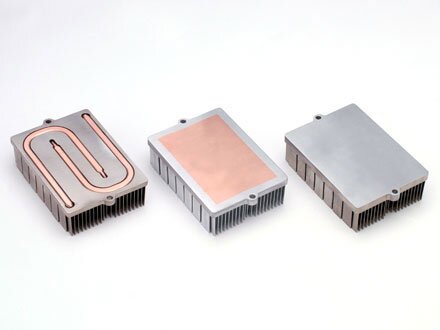
Aluminum vs Copper Heat Sink: Which Should You Choose?
Both materials work well, but the right choice depends on your specific needs. Let’s compare when to use aluminum or copper.
When to Use an Aluminum Heat Sink?
Use aluminum when you need:
- A lightweight part
- Lower cost for high-volume production
- Easy machining or extrusion
- Good enough thermal performance for most applications
- Simple shapes or large surface areas
When to Use a Copper Heat Sink?
Use copper when you need:
- Maximum thermal performance in tight spaces
- Fast heat removal for high-power chips
- Stable cooling in limited airflow
- Compact designs with high heat load
- Strong thermal paths for mission-critical systems
Conclusion
Aluminum and copper heat sinks each have their place. Aluminum is light, easy to work with, and cost-effective. Copper offers better thermal conductivity, but it also adds weight and cost. If your application needs high cooling in a tight space, copper is the better choice. If you’re looking for a well-balanced option that suits most needs, aluminum is a suitable choice.
Need help choosing the right material for your heat sink project? Reach out to us for expert advice, fast quotes, and custom solutions built for your design.
Hey, I'm Kevin Lee

For the past 10 years, I’ve been immersed in various forms of sheet metal fabrication, sharing cool insights here from my experiences across diverse workshops.
Get in touch

Kevin Lee
I have over ten years of professional experience in sheet metal fabrication, specializing in laser cutting, bending, welding, and surface treatment techniques. As the Technical Director at Shengen, I am committed to solving complex manufacturing challenges and driving innovation and quality in each project.

